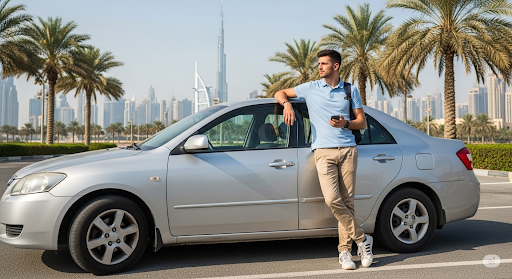
Smart Homes and Smart Living: The Technological Transformation of European Homes by 2025
Smart Homes and Smart Living is revolutionizing the way people live, work, and interact with their living spaces. The European home is undergoing a significant transformation, driven by the adoption of smart home technologies. By 2025, European homes are expected to be fully integrated with smart devices, enabling homeowners to control and monitor their living environments with ease.
Introduction to Smart Homes
A smart home is a residence that has been equipped with advanced technologies, including sensors, controllers, and automation systems, to create a more comfortable, convenient, and energy-efficient living space. Smart homes can be controlled remotely using smartphones, tablets, or voice assistants, allowing homeowners to monitor and adjust temperature, lighting, security, and entertainment systems from anywhere.
Key Features of Smart Homes
- Energy Efficiency: Smart homes are designed to optimize energy consumption, using advanced sensors and automation systems to reduce waste and minimize energy bills.
- Home Automation: Smart homes can be controlled remotely, allowing homeowners to adjust lighting, temperature, and security systems with ease.
- Entertainment Systems: Smart homes often feature advanced entertainment systems, including smart TVs, soundbars, and gaming consoles.
- Security Systems: Smart homes are equipped with advanced security systems, including cameras, motion sensors, and alarm systems, to provide an additional layer of protection for homeowners.
Benefits of Smart Homes
The benefits of smart homes are numerous, including:
- Increased Convenience: Smart homes can be controlled remotely, making it easier for homeowners to manage their living spaces.
- Improved Energy Efficiency: Smart homes are designed to optimize energy consumption, reducing waste and minimizing energy bills.
- Enhanced Security: Smart homes are equipped with advanced security systems, providing an additional layer of protection for homeowners.
- Increased Property Value: Smart homes can increase property value, making them more attractive to potential buyers.
Challenges and Limitations of Smart Homes
While smart homes offer many benefits, there are also challenges and limitations to consider, including:
- High Upfront Costs: Smart homes can be expensive to set up, with high upfront costs for devices and installation.
- Complexity and Interoperability: Smart homes can be complex to set up and manage, requiring homeowners to have a good understanding of technology and interoperability.
- Security Risks: Smart homes can be vulnerable to security risks, including hacking and data breaches.
- Dependence on Technology: Smart homes can be dependent on technology, which can be unreliable and prone to failure.
Future of Smart Homes in Europe
By 2025, European homes are expected to be fully integrated with smart devices, enabling homeowners to control and monitor their living environments with ease. The future of smart homes in Europe is expected to be shaped by several trends, including:
- Increased Adoption of Smart Speakers: Smart speakers, such as Amazon Alexa and Google Home, are expected to become more popular in European homes, enabling homeowners to control their living spaces with voice commands.
- Growing Demand for Energy Efficiency: European homeowners are expected to prioritize energy efficiency, driving the adoption of smart home technologies that optimize energy consumption.
- Expansion of Smart Home Devices: The range of smart home devices is expected to expand, including devices for healthcare, wellness, and entertainment.
- Increased Focus on Security and Privacy: European homeowners are expected to prioritize security and privacy, driving the development of more secure and private smart home technologies.
Conclusion
Smart homes and smart living are revolutionizing the way people live, work, and interact with their living spaces. The European home is undergoing a significant transformation, driven by the adoption of smart home technologies. By 2025, European homes are expected to be fully integrated with smart devices, enabling homeowners to control and monitor their living environments with ease. While there are challenges and limitations to consider, the benefits of smart homes are numerous, and the future of smart homes in Europe is expected to be shaped by several trends, including increased adoption of smart speakers, growing demand for energy efficiency, expansion of smart home devices, and increased focus on security and privacy.





